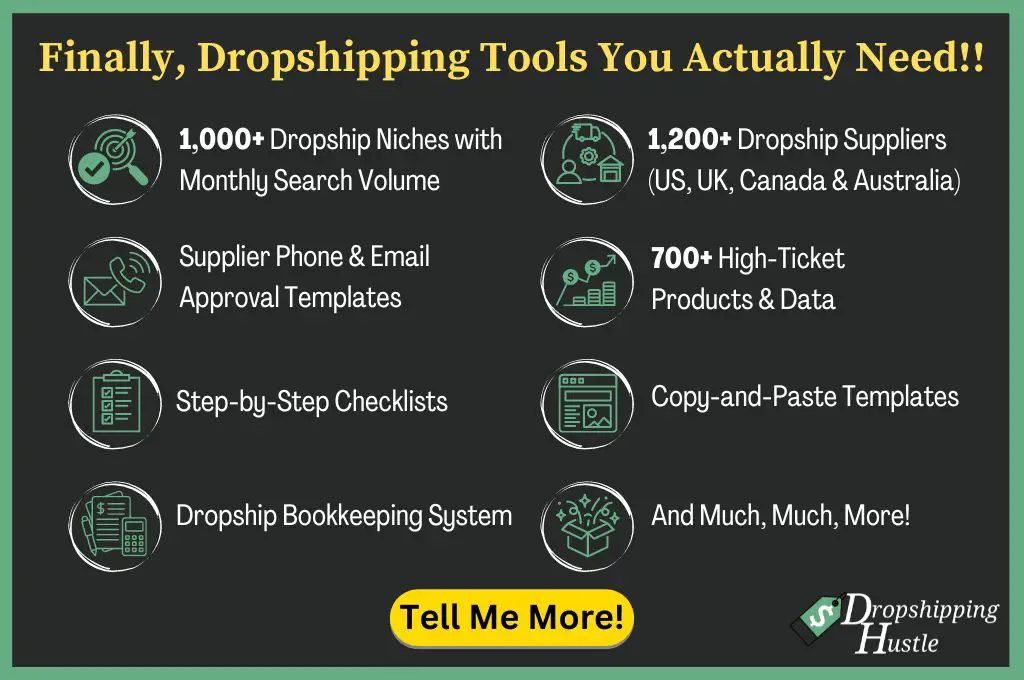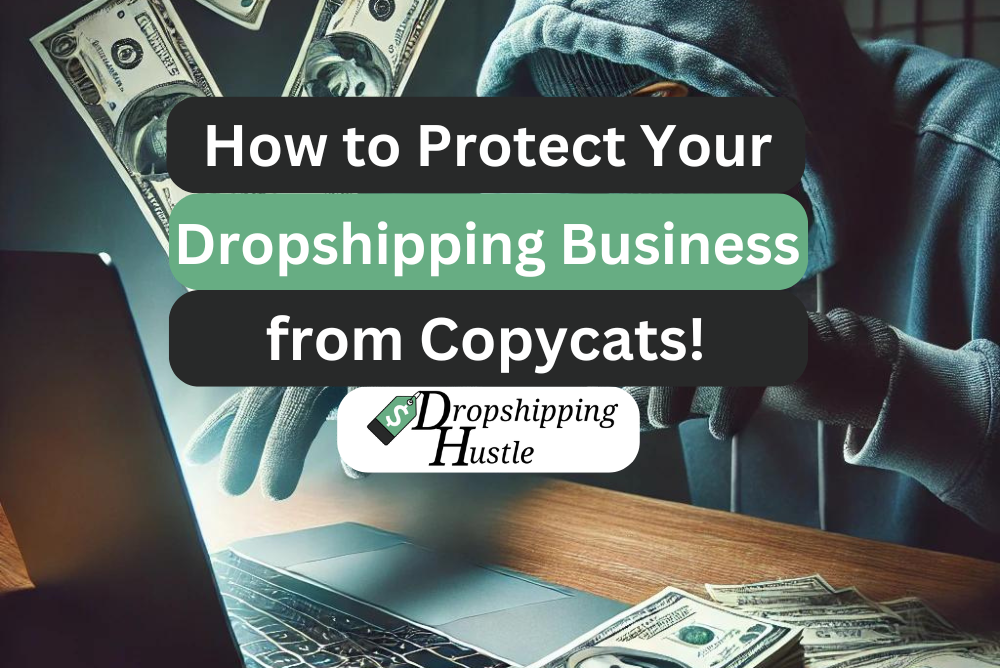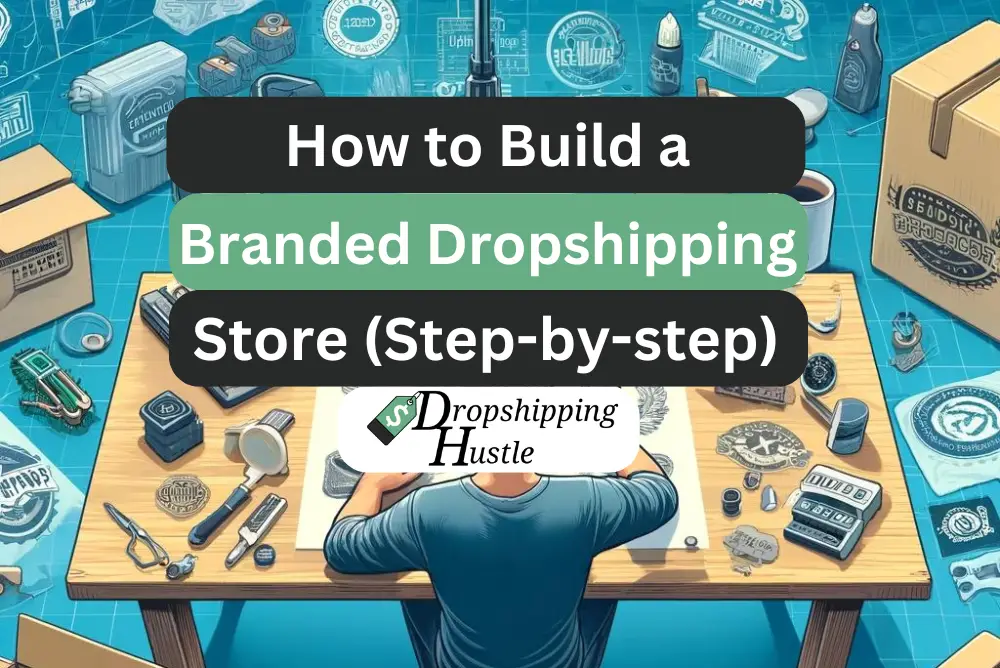When I tell people outside the eCommerce sector that one-product stores are very popular and profitable, they often seem puzzled. They typically ask:
What is a one-product store?
How does it function?
Why would you choose to sell just one product?
It’s likely they’ve bought something from a one-product store without even knowing it. The great news is that these stores do work, provided you understand the key factors behind their success.
Even for beginners eager to launch their first store, the idea of centering a business around a single product can be intimidating, especially without any success guarantees. Fortunately, there are effective methods to assess a product’s potential beforehand and boost your chances of success.
I have a complete step by step guide to building a one-product store for more information.
What is a One-Product Shopify Store?
A one-product store, often referred to as a single-product store, is an eCommerce website that is designed and branded around a specific product, targeting a passionate audience.
Several eCommerce platforms can be used to build a one-product store, including WooCommerce, Wix, and BigCommerce. However, Shopify is the most popular choice for many online retailers.
Shopify simplifies the entire process and offers a ton of themes that are perfect for one-product stores. I recommend reading my article, “22 One-Product Shopify Stores Examples,” to see how they can look.
For beginners, building a one-product store on Shopify can be achieved within a day once you grasp the basics. Those more experienced with Shopify can set up multiple one-product stores in the same timeframe.
Why I Prefer to Sell One Product
Selling a product that meets all the necessary criteria for success is often best done through a one-product store. I found this approach is the most effective way to maximize the profit of a single item.
However, it’s not always better to sell just one product. You need to understand what makes a product suitable for a one-product store before deciding if this model is the right choice.
Take, for example, the portable blender which I believe is the optimal single product. Which is why in recent years, it has become a popular choice for one-product stores.
Blendjet is a well-known example of such a store, and many entrepreneurs are attempting to replicate its success. I love the design of the store and they’ve nailed the upsells for maximum average order value (AOV). I suggest you check it out if you haven’t already.

A portable blender is ideal for a dedicated store because it’s unique, solves a problem, appeals to a broad and diverse audience, and offers high profit margins.
Many stores sell different variations of the portable blender, each branded in a way that suggests they are the original inventor of the product. I don’t believe any of them match BlendJet’s branding and overall customer experience.
Consider, alternatively, the idea of opening a niche store that sells various kitchen appliances, including the portable blender. More products might seem like more money, right? Not necessarily.
Kitchen appliances are generic, complex, expensive to ship, and face stiff competition from retail stores, making them challenging to sell successfully online.
Additionally, your portable blender will lose its special appeal if it’s just another product among many. It won’t appear as a specialized item, nor will your store seem like the original creator, which can diminish its perceived value.
This illustrates why, in some cases, why I recommend focusing on one product rather than assuming that more products automatically lead to more profit.
My Related Articles:
20 One-product Shopify store examples
4 Single-Product Website Examples

This is Why One-product Stores Are So Profitable
I’m noticing an increasing number of one-product stores emerging, more than any other type of eCommerce store. Simply because they can be set up quickly and at a low cost, making it feasible to repeatedly try until you achieve success.
Looking at the largest online stores on Shopify, such as Fashion Nova, Colour Pop, and Spigen, you’ll see that none of them are one-product stores.
These are either massive general stores or specific niche stores. Competing with the world’s largest online stores is challenging unless you’re planning to build a huge company.
If your goal is to earn well with your own eCommerce store, you need to stand out from these large enterprises. The most effective ways to do this are by either operating a very specific niche store that establishes you as an expert in that niche or running a one-product store.
If you browse through MYIP.MS, which ranks Shopify stores from the most to the least popular, you’ll notice that the largest stores appear on the first few pages. As you continue to the middle sections, the presence of one-product stores begins to increase.
A one-product store may not compete with a massive Shopify store that sells thousands of products, but it can still be highly profitable. The steady increase in their popularity is proof that one-product stores are effective.
The main critique I often hear of one-product stores is the concern that selling only one item will result in a low average order value (AOV). However, this concern only applies if you literally have just one item for sale. In reality, the term “one-product store” is just a name; you’re free to offer as many products as you like.
Ideally, you’d focus your store on a single item but also offer related products, accessories, and variants as upsells and cross-sells to enhance your AOV.
Does Shopify Allow You to Sell One Product?
There are no restrictions on the number of items that can be sold on Shopify. There are stores with thousands of items being sold and stores with zero items being sold, trust me, I’ve seen them!
However, the one thing you should be aware of is the Shopify theme you choose. Although most themes are all-purpose themes and can be used for thousands of products or a single item, some Shopify themes are designed specifically for one-product stores and others for stores with large inventories.
Themes that are designed for a single item may only be a single long page which you can purchase the item on the home page instead of going to a separate product page. Examples of this are Citrus and Ap Strollik which can be found on Theme Forest.
Then you have themes that are better options for stores with a massive catalog of products or a single product such as Booster and Debutify. These themes are often easy to navigate, have a simple layout without clutter, often have mega menus and you have the ability to organize your products within various collections.
Why I Don’t Like Dropshipping One Product
You can dropship a single product on a Shopify store, but it’s not the optimal strategy for a long-term business. The vast majority of successful one-product stores purchase their inventory in bulk and utilize a third-party fulfillment service.
One of the main advantages of a one-product store is the ability to buy in bulk. I found by only dropshipping, you’re not fully leveraging this benefit.
I always start by dropshipping to test the market potential of the product before I commit to bulk orders and start my one-product store. This approach significantly reduces my financial risk associated with large purchases.
Once the product’s viability is confirmed, I often transition to bulk purchasing from suppliers like Alibaba. I then choose between continuing to ship from China with the help of an agent who manages inventory and fulfills orders, or I switch to a domestic third-party logistics (3PL) provider to handle picking, packing, and shipping.
Agents in China tend to be more reliable and have access to premium shipping lines compared to AliExpress sellers. Therefore, while you can start by dropshipping a single product, it generally does not make sense in the long term.
Summary
If you’re reading this post to better understand one-product stores and how they work I have several articles you can read including Do One-Product Store Still Work and One-Product Stores vs Multiple Product Store.
I suggest if you’re considering creating your own one-product store business you bite the bullet and give it a go. The important thing is to have realistic expectations and expect to fail initially. As long as you take the lessons you learned into your next attempt it’s a win.
There is such a low barrier to entry that failing is not a huge loss and it all does take you one step closer to success.






Leave a Reply